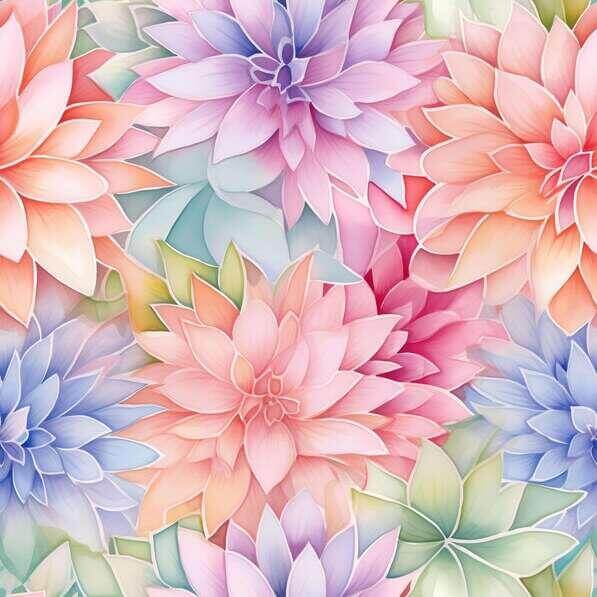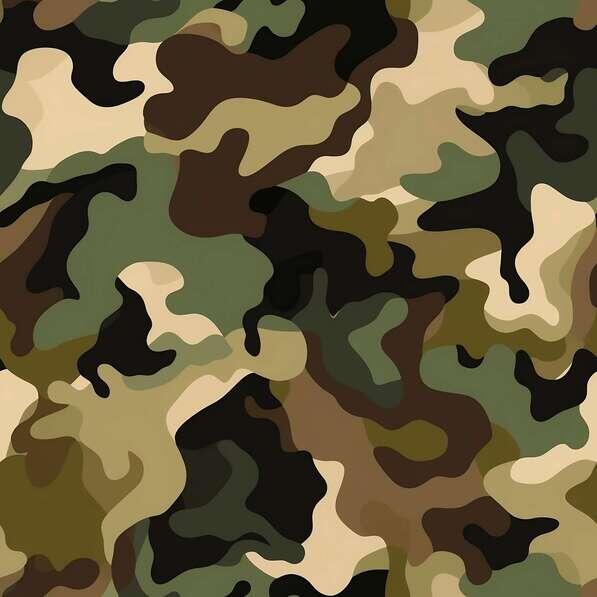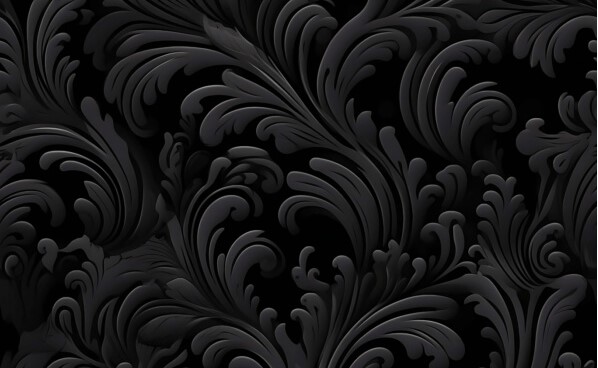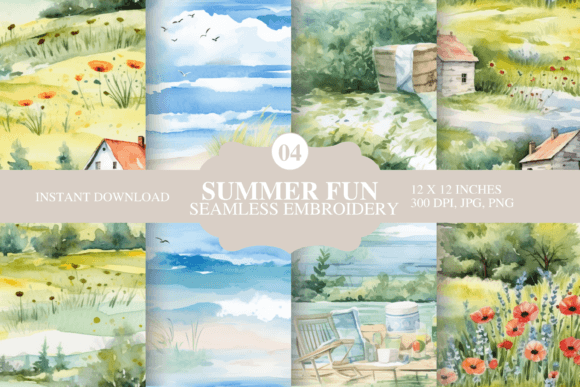In the world of design, creative patterns serve as the building blocks of visual communication. These repeating elements bring rhythm, harmony, and personality to everything from digital backgrounds to physical products. Whether you’re a seasoned designer or a creative enthusiast, understanding the power of patterns can elevate your projects from ordinary to extraordinary.
The Psychology Behind Effective Patterns
Creative patterns do more than please the eye—they communicate on a subconscious level. The human brain naturally seeks and responds to pattern recognition, finding comfort in repetition while being stimulated by thoughtful variations. This psychological connection explains why well-designed patterns can evoke specific emotions, create brand recognition, and enhance user experiences across platforms.
The most successful patterns balance predictability with surprise, creating visual interest without overwhelming the viewer. By understanding these psychological principles, designers can craft patterns that not only look appealing but also serve strategic purposes in communication and engagement.
Types of Creative Patterns That Define Design Styles

Different pattern styles carry distinct visual languages that instantly communicate mood, era, and purpose:
Geometric Patterns utilize shapes, lines, and precise mathematical principles to create order and structure. From the simplicity of polka dots to complex tessellations, geometric patterns convey modernity, technology, and precision. These patterns work exceptionally well in contemporary designs, particularly in tech, architecture, and minimalist aesthetics.
Organic Patterns draw inspiration from nature, featuring flowing lines and irregular forms that feel alive and dynamic. Floral motifs, leaf designs, and abstract natural textures fall into this category, bringing warmth and approachability to any project. These patterns excel in designs related to wellness, sustainability, and lifestyle products.
Cultural Patterns borrow from rich traditions worldwide—from intricate Islamic geometry to bold African prints, delicate Japanese motifs to vibrant Mexican folk art. These patterns carry cultural significance and historical depth, adding authenticity and story to design projects while acknowledging diverse artistic heritages.
Abstract Patterns break conventional rules, using non-representational elements to create visual interest. These patterns often play with unexpected color combinations, unusual compositions, and experimental techniques, making them ideal for contemporary art, fashion, and avant-garde design projects.
Applying Creative Patterns Across Different Mediums

The versatility of creative patterns makes them applicable across countless design contexts:
In digital design, patterns serve as backgrounds, textures, and branding elements that create cohesive user experiences across websites and applications. Subtle patterns can improve readability and visual hierarchy, while bold patterns can establish memorable brand identities.
For textile and fashion, patterns transform fabrics into expressive materials that convey personality, cultural preferences, and seasonal trends. The interaction between pattern and form creates dynamic visual experiences as fabrics move with the body or drape across furniture.
In interior design, patterns add dimension and character to spaces through wallpaper, textiles, tiles, and architectural elements. Strategic pattern use can visually expand small spaces, add coziness to large areas, or create focal points within a room.
For packaging and product design, patterns help products stand out on crowded shelves while communicating brand values and product attributes without words. Pattern recognition becomes a powerful tool for brand recall in competitive markets.
Creating Your Own Distinctive Patterns

The digital era has democratized pattern creation, allowing designers at all levels to develop unique motifs:
Start by collecting inspiration that resonates with your project goals, whether from natural elements, architectural details, or abstract concepts. Develop rough sketches that capture the essence of your inspiration, then refine these into repeatable elements.
Modern design software offers specialized tools for pattern creation, including features for testing repeats, exploring colorways, and visualizing applications. For beginners, even simple tools like smartphone apps can generate surprising and useful pattern variations.
The most distinctive patterns often emerge from combining unexpected elements or approaches—mixing hand-drawn elements with digital precision, juxtaposing different cultural influences, or playing with scale in unexpected ways.
Conclusion: The Timeless Value of Creative Patterns
While design trends continuously evolve, the fundamental human connection to pattern remains constant. Creative patterns bridge cultural, linguistic, and temporal boundaries, communicating in a visual language that resonates across diverse audiences.
By understanding pattern fundamentals and experimenting with their application, designers can develop signature visual languages that distinguish their work. Whether subtle or bold, traditional or experimental, thoughtfully created patterns remain one of design’s most powerful and versatile tools—transforming ordinary surfaces and experiences into memorable visual journeys.
For designers looking to expand their creative toolkit, mastering the art of pattern creation offers endless possibilities for innovation and expression across projects of every scale and medium.



